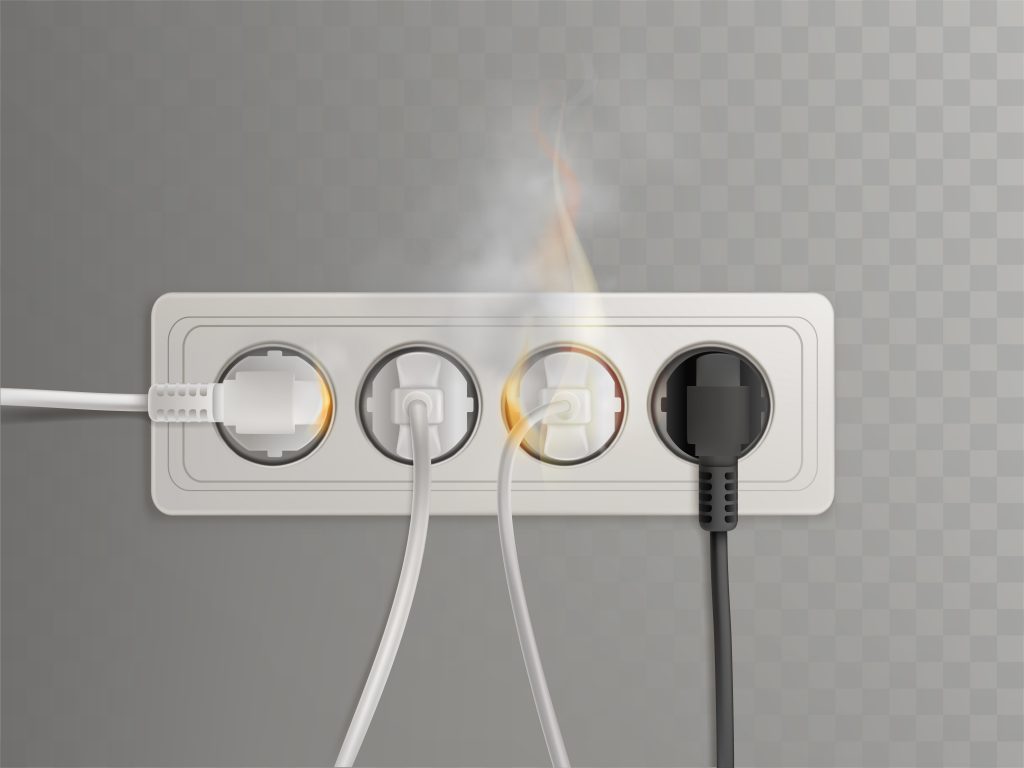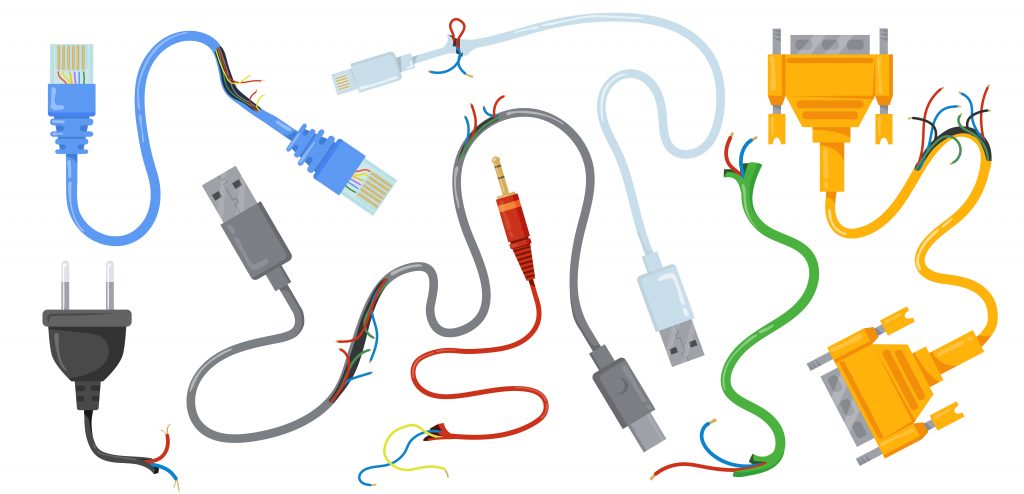There are a million things to do when you’ve just moved into a new property. Although inspecting your electrical wiring may be the last thing on your mind, it has the potential to turn your home into a minefield of electrical dangers. Electrical short circuits can cause major interruptions in our life as well as serious damage to our homes, given our reliance on energy. Here are some tips for keeping your home safe from electrical hazards:
Always Keep Electrical Devices And Appliances Dry
Water and electricity have long been a dangerous combination that should be avoided due to the risk of electrocution. Keep all electronic equipment and appliances away from water and moisture as much as possible.
If you drop an electric tool or gadget into the water while it is in use, the first thing you should do is switch off the power at the electrical panel before unplugging or retrieving it. Once the gadget has dried completely, see a technician see if it is still safe to use. In addition, avoid using power tools in rainy weather when working outside.
Protection Against Power Outages
When not in use, the safest approach to avoid overheating or electrical surges that could cause a fire or harm the gadgets or electronics is to turn them off. When using a device or appliance, using a surge protector is an option to consider.
If you reside in a region where there are frequent power outages or an unreliable power supply, a surge protector will come in handy.
You can also use a dc isolator switch. The isolator is a switch that isolates a circuit system component when it is needed. Electrical isolators are a separate component of a system designed to ensure safe maintenance. Isolators are typically utilized at the breaker’s end to repair or replace it.
Replace Damaged Wall Plates
The wall plates aren’t meant to be seen, but they do give security. It keeps your hand from coming into contact with the circuitry behind them.
When the wall plate is broken or missing, it might be dangerous in the dark because touching the wires instead can result in an electric shock or electrocution.
Experts Should Handle Electrical Repairs
Doing your own electrical work to save money is a formula for catastrophe. It is exceedingly dangerous to undertake DIY electrical repairs or rewiring due to the constant risk of electric shock.
After an amateur electrical job, there may be a hidden danger: issues in the wiring system may be present, posing a risk of a fire at any time. It’s also risky to try to fix or upgrade a broken appliance yourself.
Install GFCI
GFCI receptacles are required in new construction residences where electrical outlets and water are close together. Current leakages (or ground faults) in electrical circuits are detected by GFCIs, as would be the case if a powered equipment made contact with water. The GFCI works as a protector from electrical shock, burns, and electrocution since it switches off the power flow to the receptor. If you live in an older home without GFCIs, replacing typical outlets in your bathroom, kitchen, and garage with GFCIs is a simple and inexpensive solution to prevent serious electrical injuries.
Match The Wattage Rating Of The Light Bulb To The Lamp
When selecting light bulbs for a lamp, make careful to check the lamp’s maximum wattage specs (which are sometimes posted just around the light bulb socket). Always choose a light bulb with a wattage equal to or less than the lamp’s maximum wattage — too powerful a bulb might cause overheated lamp wiring and even fire.
Replace Damaged Cords
Damaged power cords are a severe electrical safety issue in the home, as they can cause fires and electrocution. All power and extension cords should be examined for fraying and cracking on a regular basis, and then fixed or replaced as needed. Electric cords should not be stapled or stuffed under rugs or furniture. Cords under carpets can tangle and overheat, and furniture can crush cable insulation and harm wires.
Unplug Unused Appliances
It is important that you unplug and turn off the devices that aren’t in use. It’s one of the most basic electrical safety tips, but it’s also one of the most easily forgotten. Unplugging unwanted appliances not only saves you energy by lowering phantom drain (the amount of energy the gadget consumes even when it is not in use), but it also protects them from overheating or power surges.
Ensure Proper Ventilation For Your Devices
If there is a shortage of air circulation, electrical devices can possibly overheat and cause further mishaps. It is imperative that your devices are stored and used in a well-ventilated space and not in a closed space. You should put away all your electrical appliances away from flammable things. Also, you should pay attention to devices like dryers; you should keep such devices a foot away from the wall.
Don’t Overload Power Strips
Power strips and outlets are made to handle a specific quantity of current. When many high-voltage devices are plugged in a single power strip, it is likely to cause a fire. Another risky habit is putting adapters into the power strip to increase the number of devices it can support. Overloading can also occur when two or more power strips are connected together.
Choose power strips with a DC circuit breaker if you have them in your home. The breaker will trip if the power strip gets too hot or overloaded, reducing the risk of a fire.
Conclusion
Being knowledgeable with basic electrical safety procedures is the greatest method to keep electrical risks such as electric shock and fire at bay in your house. Any problem with the wiring or a component of the electrical system must be addressed right away. These precautions will act as a guide to keep your house and family safe.
Sources:
https://fens.sabanciuniv.edu/en/preventing-electrical-hazards\
https://info.airswift.com/knowledge/what-are-electrical-hazards-and-how-can-i-prevent-them














